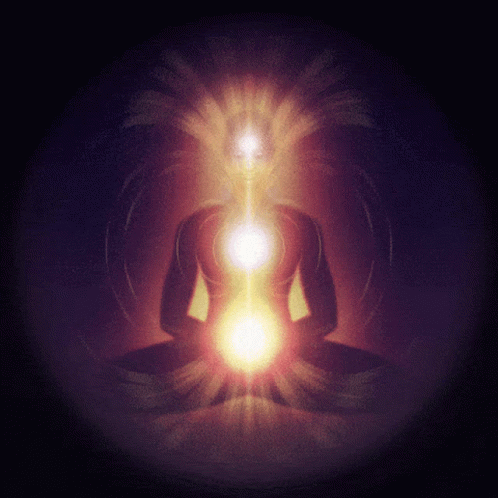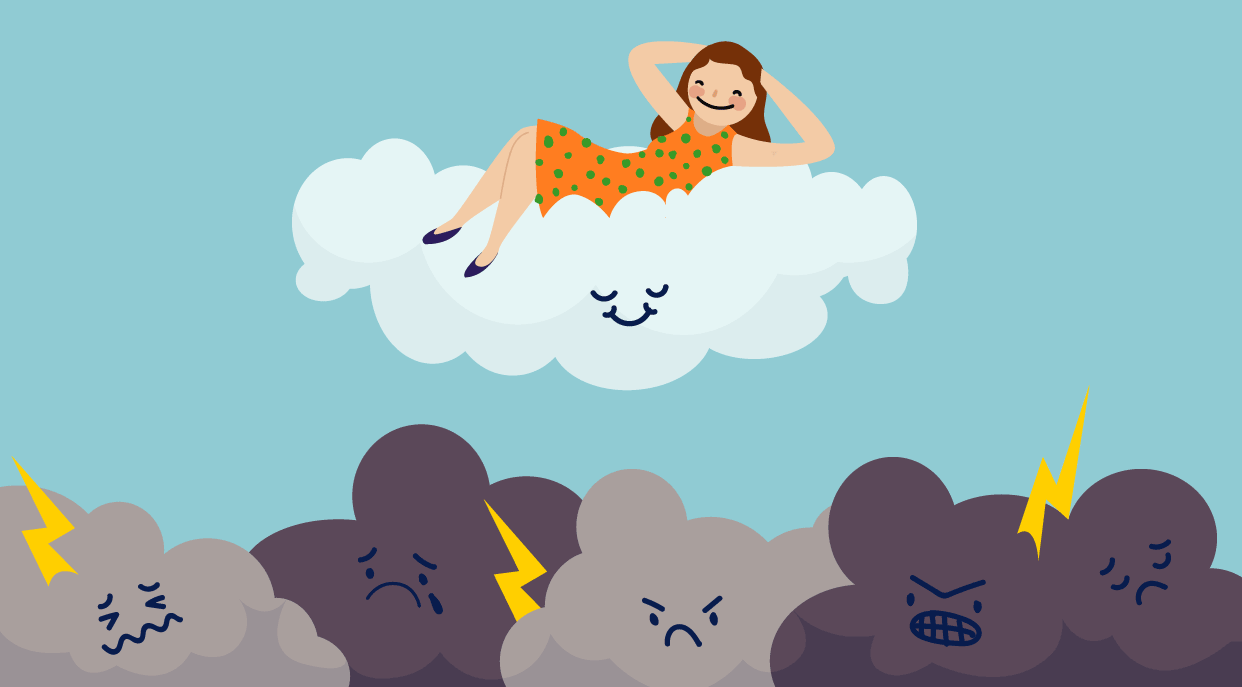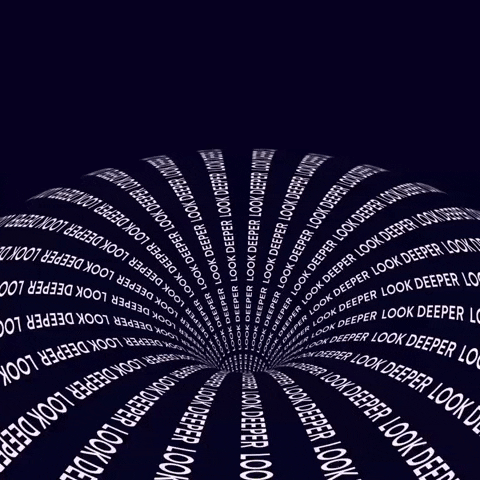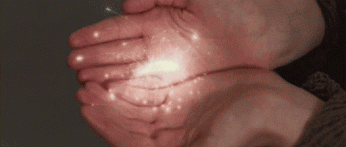The Left Hip's Connected to the Right Shoulder
The Osteopathic approach is to assess the pattern and function of various body tissues and structures involved in supporting and initiating movement. Then, we treat what we find.
A frequent pattern that I see is a Cross pattern - where the lower part of the body has pain on one side and the upper side of the body has pain on the opposite side. This frequently happens in the hips and shoulders. It's what we can see as an Ascending Chain of Dysfunction. This pattern can start anywhere from the foot, ankle, knee, or hip, and ascend up the body, which is why Osteopaths always assess gait and other patterns to determine the primary cause of a dysfunction.
Let's say that a client complains of Left Sacroiliac (SI) pain and movement problems in this and her lower thoracic and lumbar spine. She also complains that she has pain in her right lower ribs, around her liver, and at times has pain in her Right shoulder.
At first, these seem separate of each other, but they are indeed linked. Most of us who have learned how to crunch our abs have heard of the Obliques. These are the the most superficial and external abdominal muscles that in part help us rotate. Those sit ups you do where you take your elbow to your opposite knee are engaging your Obliques.

We also have a lesser known Posterior Oblique Subsystem (which is not the exact opposite of the oblique abdominal muscles despite the similar name). This system consists of:
Latissimus Dorsi Muscle
Thoracolumbar Fascia (not a muscle)
Contralateral Gluteus Maximus Muscle (some also consider the Gluteus Medius a part as well)

These two large and powerful muscles are connected by a bit of diamond-shaped connective tissue which is known as the Thoracolumbar Fascia, or 'TLF' which creates link between the two othewise independent muscles.
This is an opposing system that you can see it's integrating action when walking or running: The right arm swings opposite to the the left leg in a coordinated and balanced movement. It's function is primarily to stabilize the SI Joints and lumbar spine as well as to transfer force between the lower and upper extremities. Any dysfunction in this subsystem, regardless of where the origin of the problem occurs, can create problems in all three areas - i.e. the Left SI joint, lower back and opposite Right shoulder, or visa versa.
Generally, the body adapts following the flow of least resistance - which means that where ever you are weakest, you will find your easiest and greatest dysfunction. This will cause problems and pain in the associated SI Joint and the lower back, and it's no surprise when both areas hurt!

Using knowledge of your history, anatomy and body systems, along with the patterns present in the body we are assessing, Osteopaths seek to find the Primary cause of both seemingly independent pains complaints, by assessing the entire body, the mobility of the tissue, the state of the craniosacral system, and how it's rhythm translates throughout the body. In a sense, this same assessment is applied each time, multiple times thoughout a session - we never stop assessing, even when we are treating! This way, we never assume that something is "typical" and each person is assessed anew each time without assumptions of "usual' patterns. Once the pattern is identified, we can help the body return back to balance, and then the job comes to strengthening, stretching, and stabilizing the body, if necessary, so that the treatment holds.
Below are two excellent exercises to help with stabilizing this System.
Be careful in Bird Dog, though, not to lift your leg higher than your back. Keep it parallel to the floor, and both your arm and leg in line with your body, or else you will compress your lumbar spine. In Plank, make sure that your bum is level and not sticking up in the air - 'cause that's CHEATING!
Bird Dog Pose Plank

















